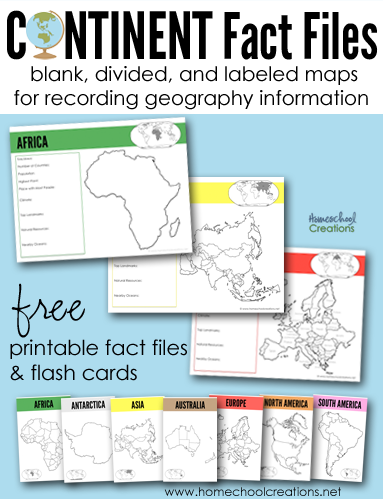
This year Kaleb and I have been wandering around the world via books, Little Passports, and various other things we come across in our travels. We have a slew of resources and to go along with a few of our books, I put together some printables where we could track important information related to the countries.
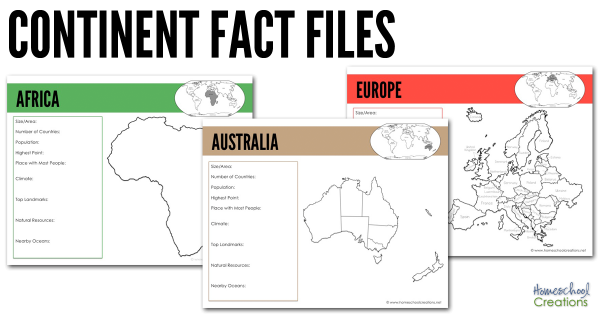
There are several pages for each continent: a blank continent image, one showing countries/territories within the continent, and another labeling each of the countries/territories within the continent (Antarctica only has one page).
All continent fact pages were designed using the traditional Montessori colors: Africa (green), Antarctica (white), Asia (yellow), Australia (brown), Europe (red), North America (orange), and South America (pink).
Each page has room to record the following information and also shows where that continent is in comparison to other continents:
- Size/Area
- Number of Countries
- Population
- Highest Point
- Place with Most People
- Climate
- Top Landmarks
- Natural Resources
- Nearby Oceans
We’ve been using the below books to help us fill in the information blanks on each continent fact file:
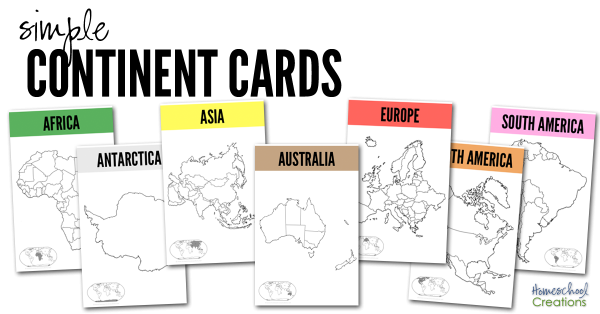
The set also has seven half-sheet printables we recommend printing off onto cardstock and laminating. Use them as larger flash cards to show the various country/territory divisions on the continents. We have a copy in each of our continent boxes and will put them on the wall above our map when we are studying the continent.

We also highly recommend taking part in a Little Passports subscription! Not sure which adventure to choose for your explorer? Check out these Little Passports blog posts and learn more about their four subscription options:
-
Read the post 5 reasons your preschooler will love Early Explorers
-
Take a sneak peak at the World edition while Exploring Thailand with Kids
-
Delve in to the USA Edition and Travel to Louisiana and Oregon with Little Passports
- Click here to access Little Passports’ FREE resources for homeschooling families!
Download the Continent Fact Files & Continent Cards
Your family is more than welcome to download the 23 page Continent Fact Files as well – and we hope they are a help to you!
More Geography Resources
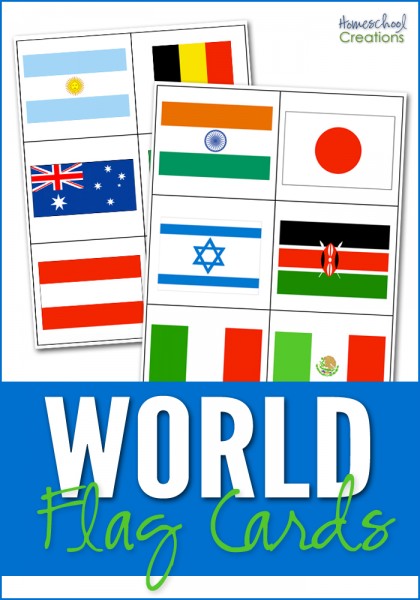 |
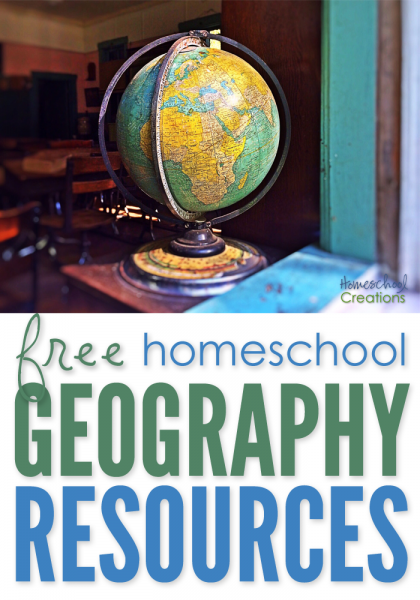 |
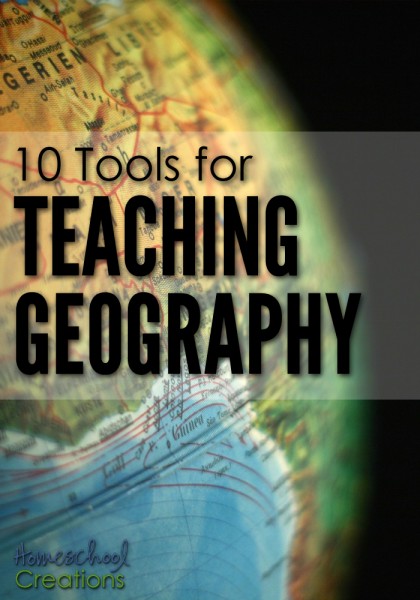 |
Click on one of the globe to search for geography resources by continent. Each page has downloads for flag coloring and information pages, mapping pages, and links to blog post full of lesson plans and additional information.
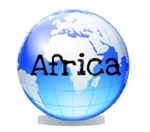

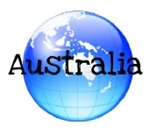
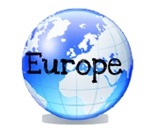
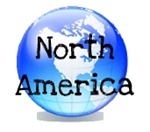
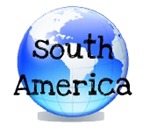



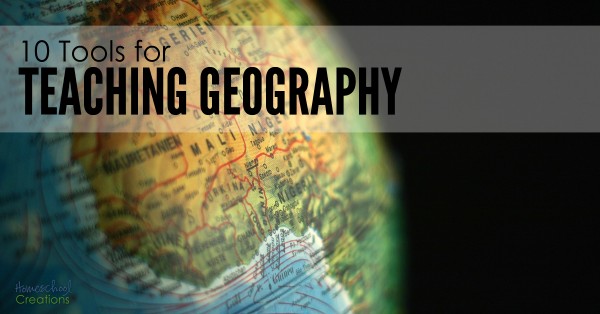
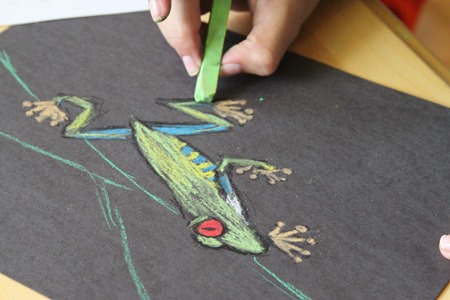

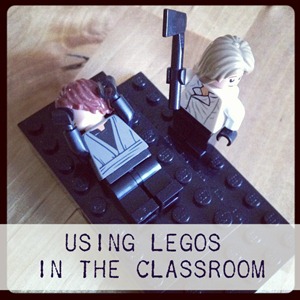
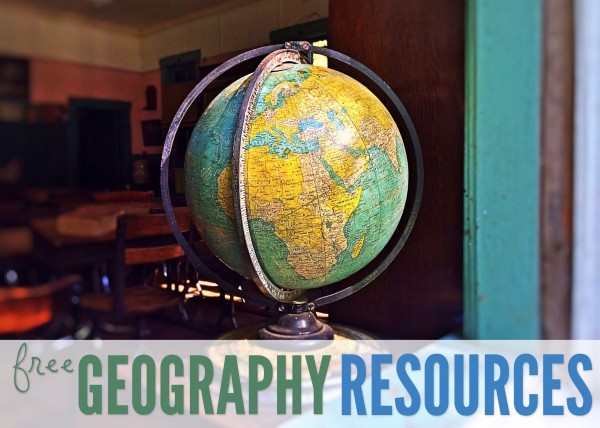
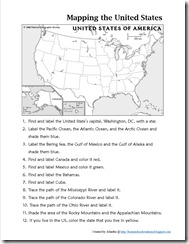
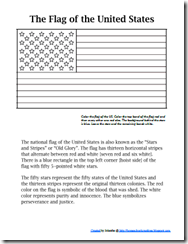


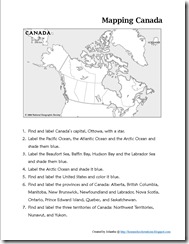
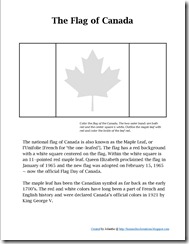
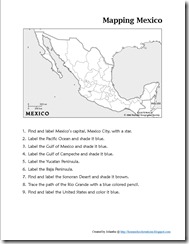
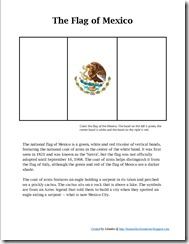





 The printables shared on this site are FREE of charge unless otherwise noted, and you are welcome to download them for your personal and/or classroom use only. However, free or purchased printables are NOT to be reproduced, hosted, sold, shared, or stored on any other website or electronic retrieval system (such as Scribd or Google docs). My printables are copyright protected and I appreciate your help in keeping them that way.
If you download and use some of my printables and then blog about them, please provide a link back to my blog and let me know - I'd love to see how you are using them! Please be sure to link to the blog post or web page and not directly to the file itself. Thank you!
The printables shared on this site are FREE of charge unless otherwise noted, and you are welcome to download them for your personal and/or classroom use only. However, free or purchased printables are NOT to be reproduced, hosted, sold, shared, or stored on any other website or electronic retrieval system (such as Scribd or Google docs). My printables are copyright protected and I appreciate your help in keeping them that way.
If you download and use some of my printables and then blog about them, please provide a link back to my blog and let me know - I'd love to see how you are using them! Please be sure to link to the blog post or web page and not directly to the file itself. Thank you!